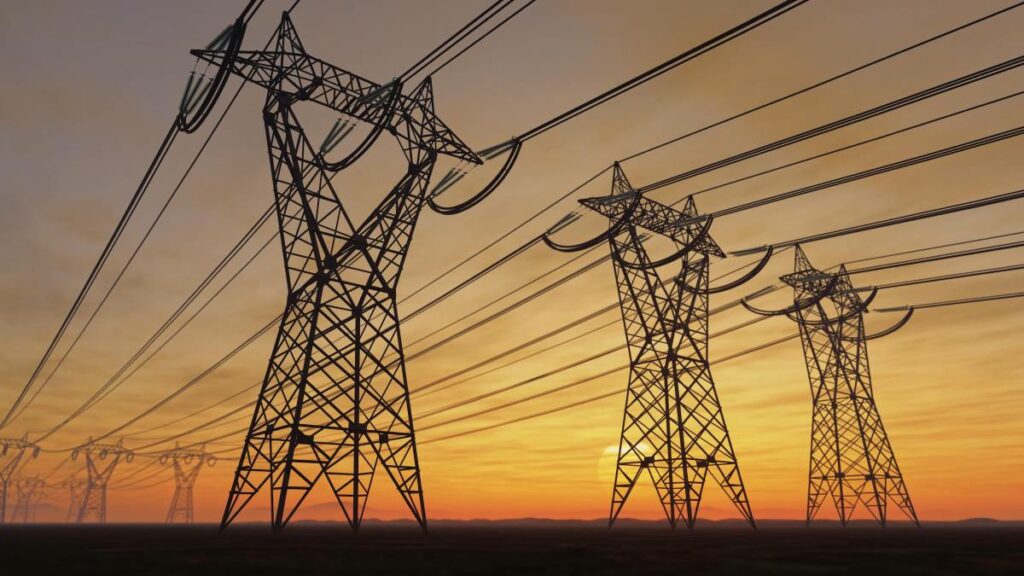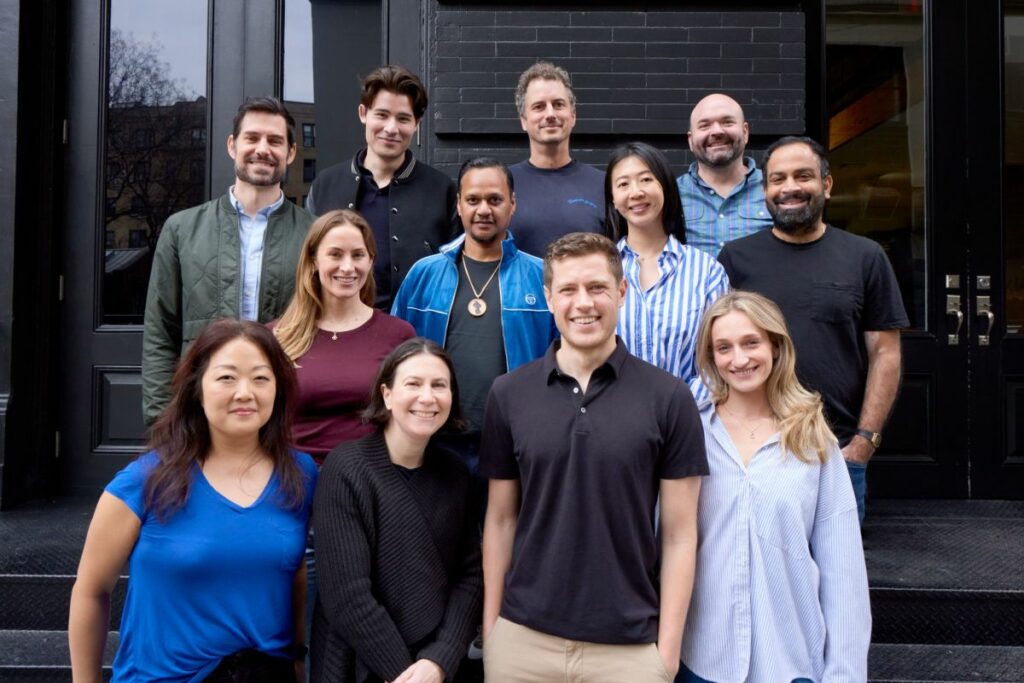Phillip Man was burned out. He had founded a watch trading company with his flatmate, but the grind was wearing him down.
“We did that for ten years,” Man said. “It’s very difficult to keep yourself motivated when you know the whole reason for your operation is to sell expensive stuff to wealthy people.”
He had previously been a jet fuel trader at Glencore — “the evil side of energy,” he said — and felt himself drawn back to that world. “I wanted to go back to energy, do something that had real impact, for profit, but that helps the planet.”
Climate seemed an obvious starting point. Germany, where he’s from, was being flooded with wind and solar power, and as the country turned off its nuclear power plants, it needed a way to keep the grid humming on calm, cloudy days.
Grid-scale batteries help save renewably generated power for just such days, and they have boomed in recent years, with global capacity tripling in 2023, according to BloombergNEF. Analysts at the firm also expect capacity to nearly triple again before the end of the decade.
“The industry, while still very nascent, has been built the wrong way around,” Man said. “Today, people build a battery, and then somebody else trades it.”
Man’s alternative, which has taken shape as a startup called Terralayr, is a twist on the virtual power plant, what experts call it when energy traders aggregate batteries and manage their use. He said Terralayr is similar to AWS, Amazon’s cloud service that aggregates computing resources and sells fractions of them. “We aggregate grid-scale energy storage assets, we bundle them, we virtualize them, and then we sell off the capacity between 15 minutes and 15 years,” Man said.
AWS transformed enterprise computing, allowing companies to run servers without owning hardware and quickly scale them as needed. In some ways, virtual power plants do the same. Owners of grid-scale batteries can sell their capacity to traders, who then aggregate that capacity to the point where it makes sense to play in large electricity markets.
Terralayr also manages batteries, both its own and those of others, but Man said the difference is that it doesn’t function as a trader, but something more like an exchange. “Our pitch is like, we’re not traders. We don’t trade at all. In fact, we will just find the best buyer for your capacity.”
The startup charges battery owners a “small percentage” fee based on revenues. If Terralayr can operate the battery more profitably than a competitor, it will also take a portion of the upside. (How is that determined? Man said the company uses a model, built in part using previous bids from its own customers, that predicts what a typical trader would do.)
For buyers, power trading allows them to fill gaps in their output. For somewhere like Germany, where Terralayr is starting out, power providers need to predict how much electricity they’ll generate in the next 24 hours. If they fail to match their forecast — like if a freak thunderstorm clouds their solar farm — they can be penalized. By tapping into a battery array that’s selling power at the same time, they can bridge the gap and avoid costly penalties.
Terralayr currently has seven megawatt-hours of capacity on the grid with another 40 megawatt-hours that should be turned on soon, Man said. The startup has signed development agreements for over 200 sites in Germany totaling over seven gigawatts, or about 3% of Germany’s total generating capacity. “That’s a five- to ten-year horizon,” he added. “Of those seven gigawatts, not everything will come through.”
To fund the expansion, Terralayr has raised €62 million in equity and €15 million in debt from investors including Creandum, Earlybird, Norrsken VC, Picus Capital, and Rive Private Investment. “I wouldn’t call it seed round, but that’s technically what it is,” Man said, adding that “seed would wrongly suggest the earliness of the business.”
While Terralayr is focused on Germany for now, Man said the company is eyeing U.S. markets, particularly California and Texas. “We believe this is a generational opportunity,” he said.


